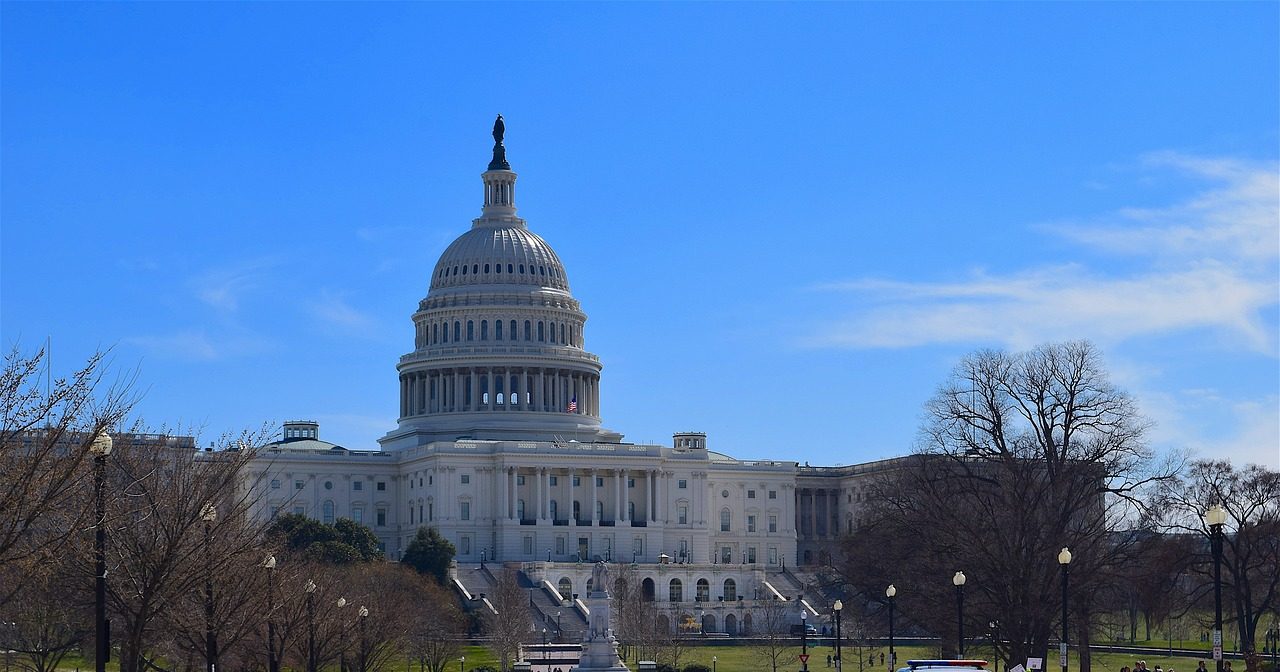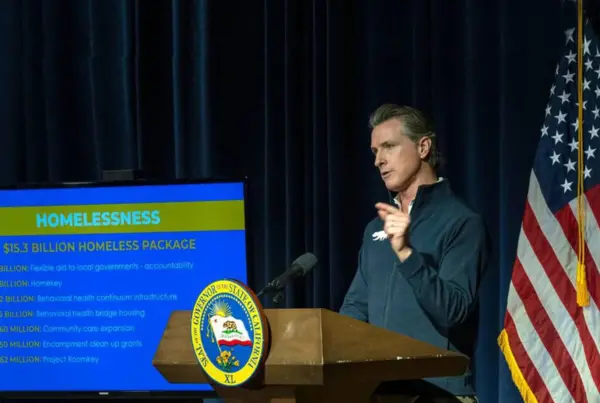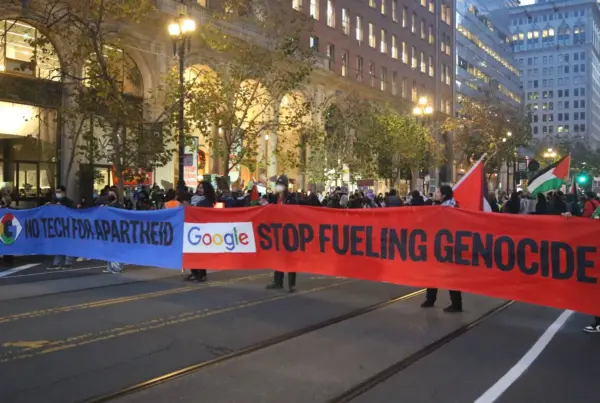The sharp contrast between the way the police force dealt with the January 6 Capitol riot versus the Black Lives Matter protests of 2020 put a spotlight on the racist foundation of American policing.
By Allison Westervelt 16.02.2021
On January 6, an overwhelmingly white mob of Trump supporters violently overran the most important building in the United States while Congress was in session. Video footage of the Capitol riot shows a crowd clad in military gear smashing windows, toting guns, trampling people and looting the congressional offices.
It is impossible to ignore the racist overtones of the Capitol riot, as insurrectionists proudly displayed the flags and symbols of several white supremacist groups. Photos show a noose and gallows outside the Capitol, which have been erected historically for purposes of racial intimidation, and one rioter brandishing a Confederate flag, a well-known symbol of white supremacy.
Despite the clear intent of the rioters to stop the counting of the electoral votes that confirmed Joe Biden’s presidential victory through the use of violence, the insurrectionist mob was met with little resistance by Capitol police. There are videos of police moving barricades to let rioters through as well as footage of Capitol cops taking selfies with the insurrectionists. The rioters quickly and easily took over the Capitol and began vandalizing the building and looting congressional offices, leaving five dead.
President Joe Biden is the most prominent of many who pointed out the disturbing contrast between the way the overtly racist Capitol rioters were received by police and the brutal police crackdown on the Black Lives Matter protests that swept the nation last year. “If it had been a group of Black Lives Matter protesting…they would have been treated very, very differently,” said Biden.
In the immediate aftermath of the Capitol riot, there were only a few dozen arrests, although multiple weapons were confiscated and several home-made bombs were discovered. The Black Lives Matter protests faced a different type of law enforcement entirely: Police clad in riot gear, using chemical dispersants and rubber bullets on largely peaceful crowds and over 14,000 arrests.
The Black Lives Matter demonstrators were met with state-sponsored violence because they were primarily black Americans and their allies putting a spotlight on the racist systems in the United States that systemically exclude black people. The overtly racist Capitol mob got a pass because they were overwhelmingly white Americans who believed President Trump’s baseless claim that the election was stolen, although it was obvious that the Capitol rioters and the hate symbols that they promoted posed a far greater threat than the Black Lives Matter marches.
There is a racist double-standard embedded in American policing. To understand why the Capitol rioters were met with so little resistance and reform the police force, we must acknowledge the most disturbing facts of American history.
The American police force has its origins in 18th-century civilian slave patrols, which were created to crackdown on revolts and prevent enslaved people from escaping to freedom. Alex Vitale explains in The End of Policing that when slavery was abolished, the slave patrol system transitioned from preventing rebellion to “forcing newly freed blacks into subservient economic and political roles.” This system was codified with the introduction of laws that made vagrancy illegal and were utilized to compel blacks to accept employment, primarily as sharecroppers. Local police enforced poll taxes and other voter suppression methods to make certain that whites remained in control of politics.
By the Jim Crow era, policing had become entrenched as means of perpetuating racial inequality throughout the U.S. and was complemented by white supremacist hate groups such as the KKK, which often cooperated closely with or were partially comprised of local cops themselves. The Civil Rights Movement brought more repressive policing, with police denying protest permits, beating demonstrators and making discriminatory arrests. Today, black Americans are disproportionately victims of police violence, are more often the targets of low-level police interactions such as traffic stops and searches, and consistently report being subjected to antagonistic or degrading treatment despite being guilty of nothing.
With this history in mind, the lack of a police response to the overtly racist Capitol riot is unsurprising, albeit tragic.
As civil unrest continues, the eyes of the world are on the U.S. How the new presidential administration responds to the demands of people who have been historically oppressed could prove that American democracy is strong enough to address structural inequalities. But we must first acknowledge that racism is embedded in the foundation of policing in the United States before we can rectify the glaring double standard.





